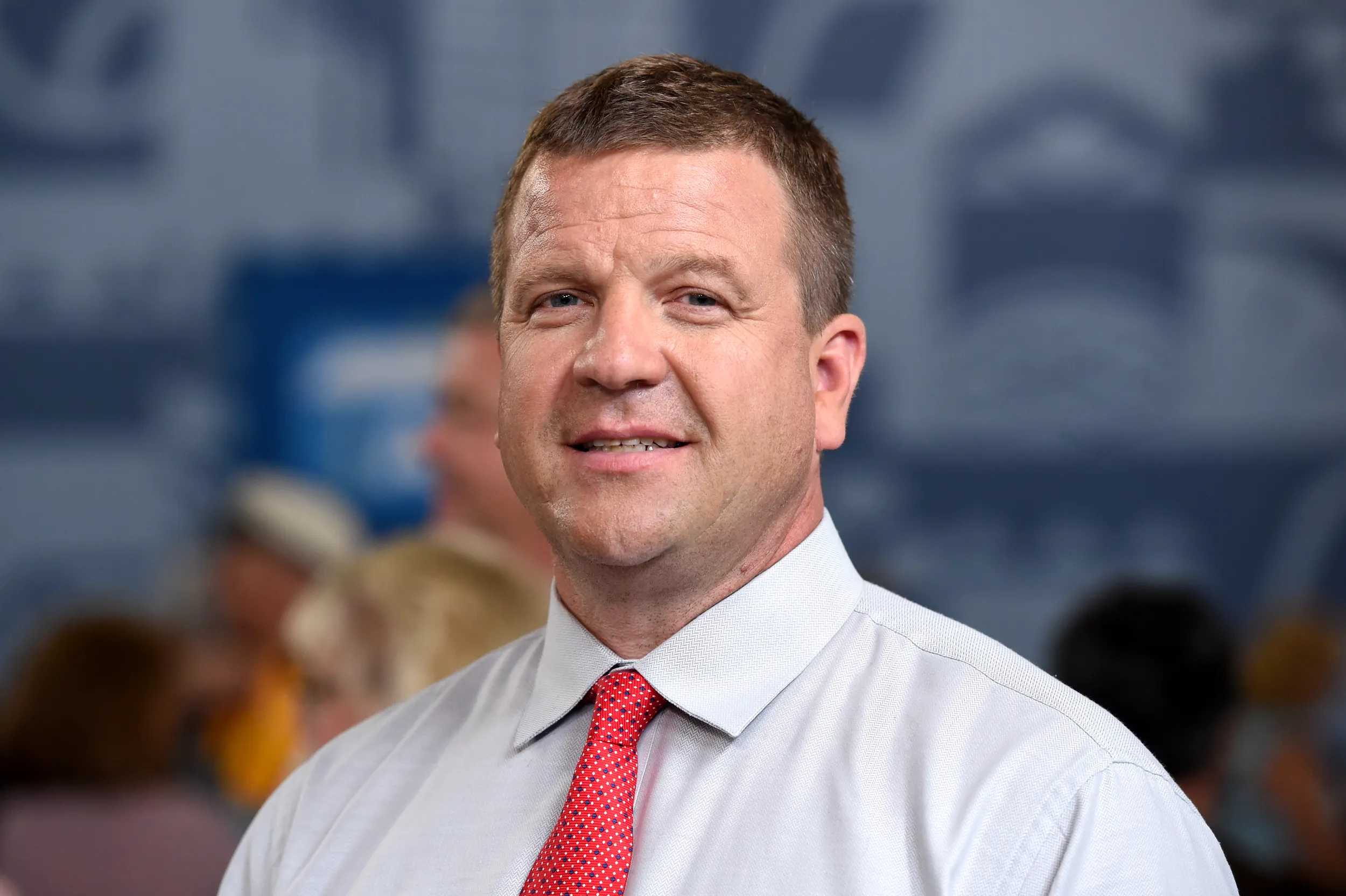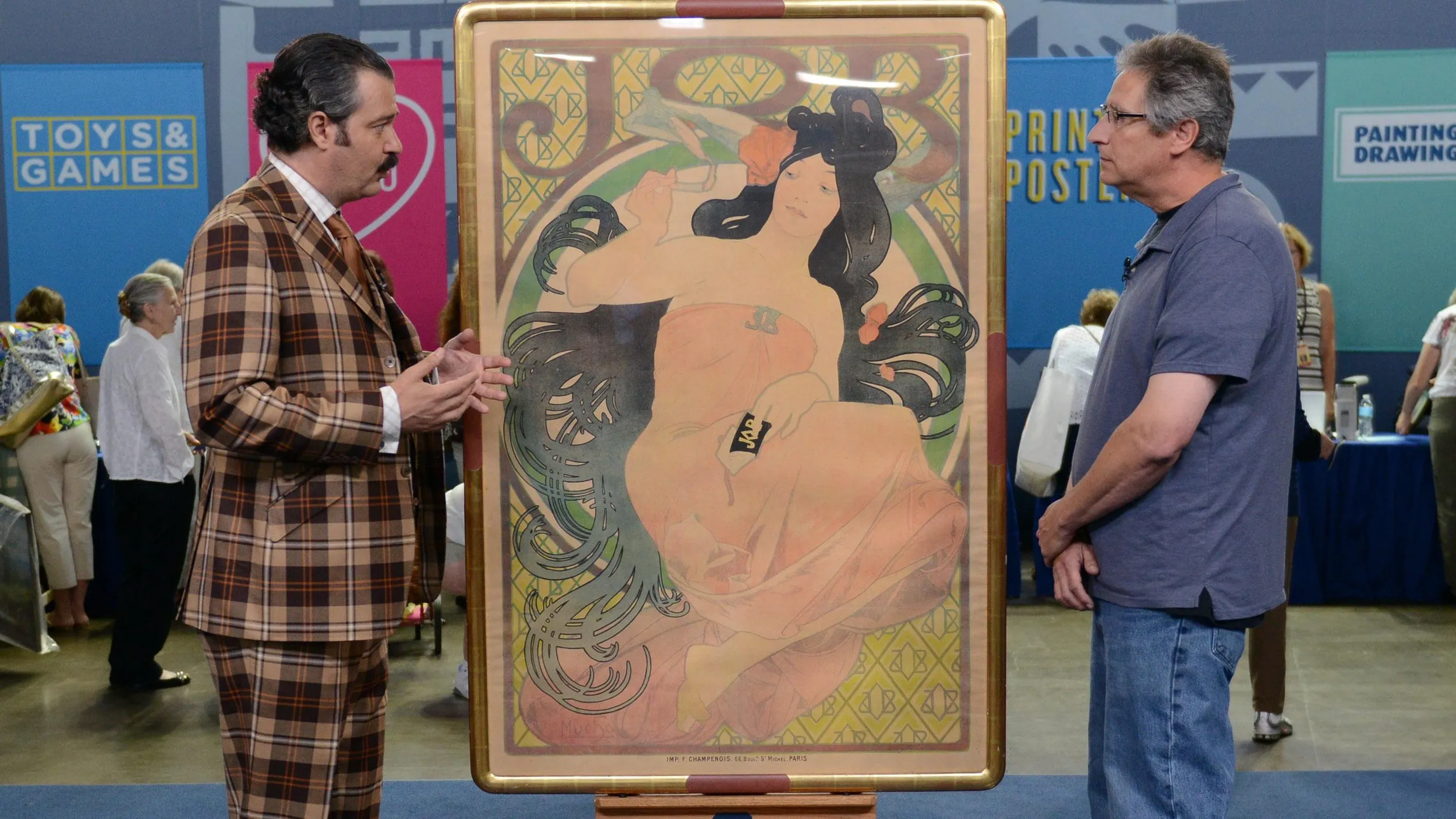GUEST: Well, this is a family heirloom. As far as I know, it's been in the family all the way back to when it was manufactured in Haverhill, New Hampshire, by John Osgood. It's passed down from father to son, but it's supposed to go first son, first son. It's in my hands now because my grandfather had a twin brother, and my grandfather was born a few minutes before his twin brother, so that's why it wound up on my side of the family. Inside the clock are names of people that repaired it or cleaned it, or something like that. And other than doing just a little bit of looking on the internet, I don't really know a whole bunch more about it, quite frankly.
APPRAISER: John Osgood, interesting clock maker. He was born in Andover, Massachusetts, in 1770, went to apprentice with his uncle, Michael Carlton. And in 1793, he went up to Haverhill, New Hampshire, where he worked, and he then died in 1840. Do you know anything about the restoration that's been done to this clock over the years?
GUEST: Not a whole lot.
APPRAISER: So, like, the face on there is a cardboard piece that is covering the original face. I have no idea when that was placed on there. The paper mat on the dial, why some people do some things that they do it's hard to explain. All the numbers have been relined and the signature has been strengthened underneath that. I don't believe this case started off life with this movement. This is a brass works movement that is in what I believe to be a wooden work case. So the gears would be cut of wood. It's a very primitive pine case that's been mahogonized, and originally this would be in a hardwood case like a cherry or a mahogany. I'm going to slide the bonnet off, and I'm going to talk a little bit about this dial. This has been added, and there's been really extensive painting restoration in the arch of the dial.
GUEST: Right.
APPRAISER: So you wonder is this really a John Osgood clock? And the beauty of John Osgood is that he often engraved his back plates and numbered them.
GUEST: Okay.
APPRAISER: And when I take this out, you'll see that it's engraved right here, number 377. And that's the 377th clock that he made. I've seen numbers from 13 to 373, is the last production number that I've found. Does this correspond with 1812? It could, but because 1812 has been added, I don't know that.
GUEST: Sure.
APPRAISER: A lot has been done. The bell has been moved over here. It would generally be on a bell stand here. This would be a solid wood door. So this was cut out at a later date. And all these signatures that you mentioned on the inside of here of repairmen that serviced this clock over the years, probably a few of them are the culprits of these restorations.
GUEST: Sure.
APPRAISER: That being said, if it was a John Osgood in a hardwood case, like a cherry case, and it didn't have all the restoration on the dial, it's so important to leave dials alone, it would be a clock that would be in the $12,000 range.
GUEST: Really.
APPRAISER: I've seen very formal mahogany case John Osgoods sell for as much as $35,000, but this is a country clock. So, in my opinion, a clock like this is really parts. It's still a John Osgood clock.
GUEST: Sure.
APPRAISER: The movement is engraved correctly, but this clock would probably sell at auction in the $800 to $1,000 range today.
GUEST: Sure, all right. And that's okay. And that's okay.












